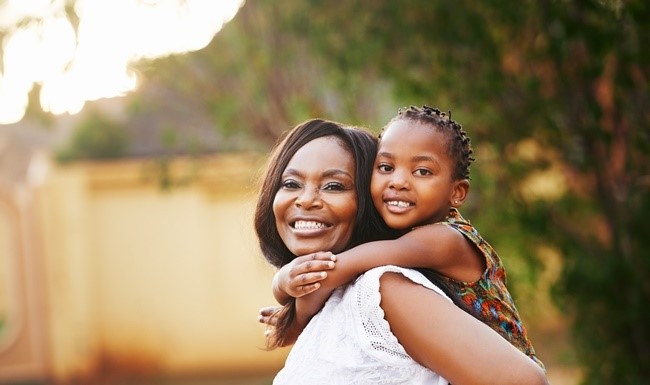In partnership with SA’s top medical aesthetic companies
The overarching thing that makes South Africa unique is the gift we’ve been given through the diversity in our nation’s ethnic and cultural heritage. Whatever our beliefs – no matter who we are, we have all been enriched by the influence of one another’s cultures, which we celebrate on Heritage Day. The biggest celebration of all is the fact that we live together in one beautiful country.
South African skin types and concerns
The diversity of South Africa’s people is easily visible in our range of skin tones. While all skins have many commonalities in function, each skin type – and by type we are referring to shade, rather than skin condition such as oily/dry/normal – has unique features that require us to treat them slightly differently in order to keep them healthy and treat their concerns effectively.
A medical scale called the Fitzpatrick Scale categorises our skin tones into 6 different skin types, ranging from skin type 1 (extremely pale) to skin type 6, which is very dark. While some of us may question why we need this, in a sundrenched country like SA, understanding this scale is crucially important because it helps us know how our skin reacts to the sun and injury, and since sun damage from UV exposure is the chief cause of premature ageing and skin cancer (a contest in which we are world leaders, sadly), knowing where we stand is the first step to keeping our skin at its best.
TIP: when identifying your skin type, look at the shade of skin not regularly exposed to sun, such as your breasts or groin area, to determine your true skin tone.
Skin Type 1 is very pale, can be freckled and often comes with blond or red hair and pale eyes. This skin type is super-sensitive to the sun’s rays, burns very easily and is likely to get severe sun damage from UV exposure if not protected properly. You are at high risk for skin cancers and need to take high care in the sun to protect yourself against UV exposure.

Skin Type 2 is light or fair-skinned, generally with pale hair and blue eyes. You can get a light tan when exposed to the sun gradually, but you are more likely to get sunburnt, and you have a high risk for skin cancers. You need to take proper care in the sun to protect against UV exposure.

Skin Type 3 is still fair. However, it is slightly darker than those with skin types 1 and 2. You can tan and become light bronze when exposed to the sun, but are still at high risk for skin cancers.

Skin Type 4 has olive skin tones, mostly with dark hair and usually brown eyes. Generally people who fall into this category have a Mediterranean background. Even though you tan easily and rarely burn, you still need to take care in the sun to protect yourself against UV rays, as sun damage can be seen as dark pigmentation marks, etc. While much lower than the skin types above, you still have a risk of skin cancers.

Skin Type 5 has an olive / dark skin tone, and includes coloured, light-skinned African, Indian and Middle Eastern skin tones. You very rarely burn and skin cancers are not common. Care should, however, still be taken in the sun to avoid sun damage such as pigmentation marks, etc. You carry a small risk of skin cancer.

Skin Type 6 have a dark brown skin colour. Even though you rarely burn, you still need to take care to protect yourself in the sun from UV damage and dark patches. Your skin type is not predisposed to UV-induced skin cancer, however, the most common form of skin cancer in your community is melanoma, the deadliest form, found mostly under the feet and nails. For this reason, you need to check yourself once a month for any suspicious signs.

Take the quick Beyond Beauty Survey and you could win a R2 000 Skin Renewal voucher to spend in our online store, with free delivery within South Africa. T&Cs apply.